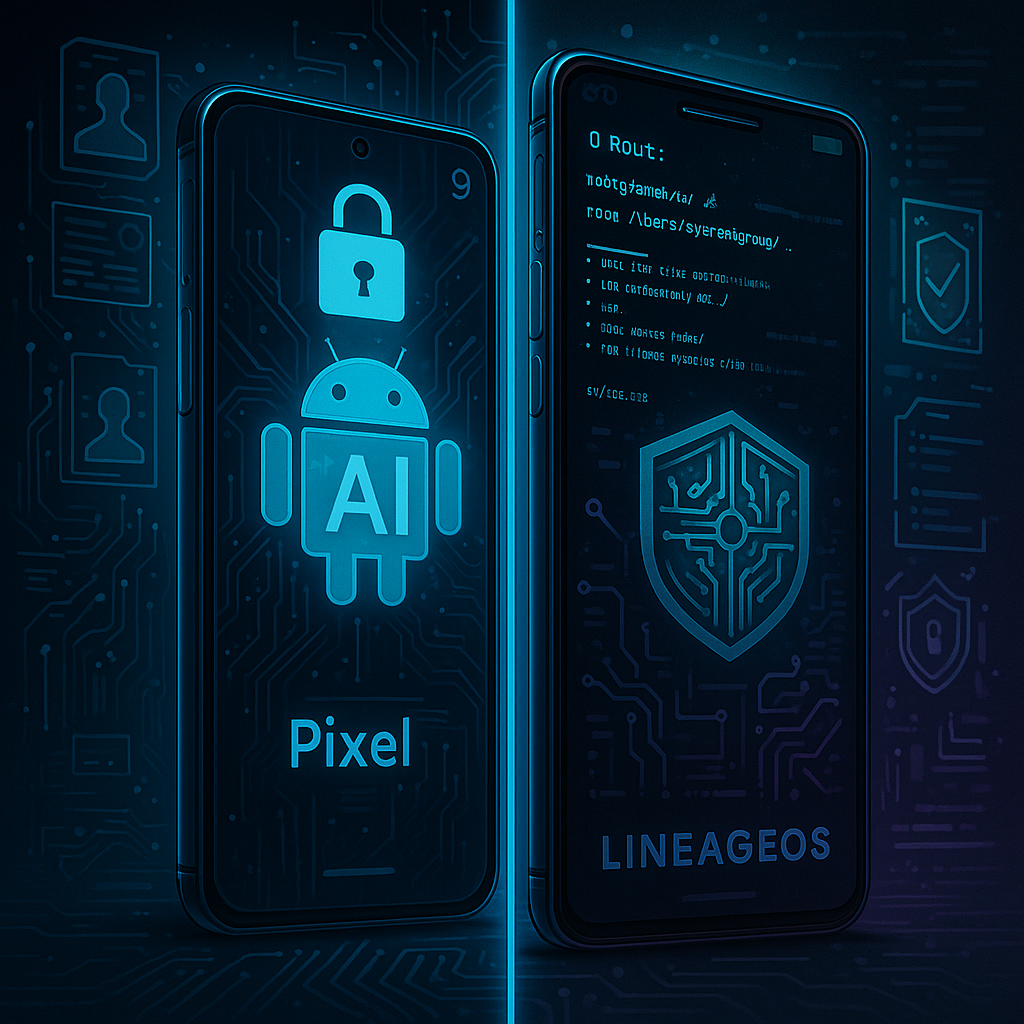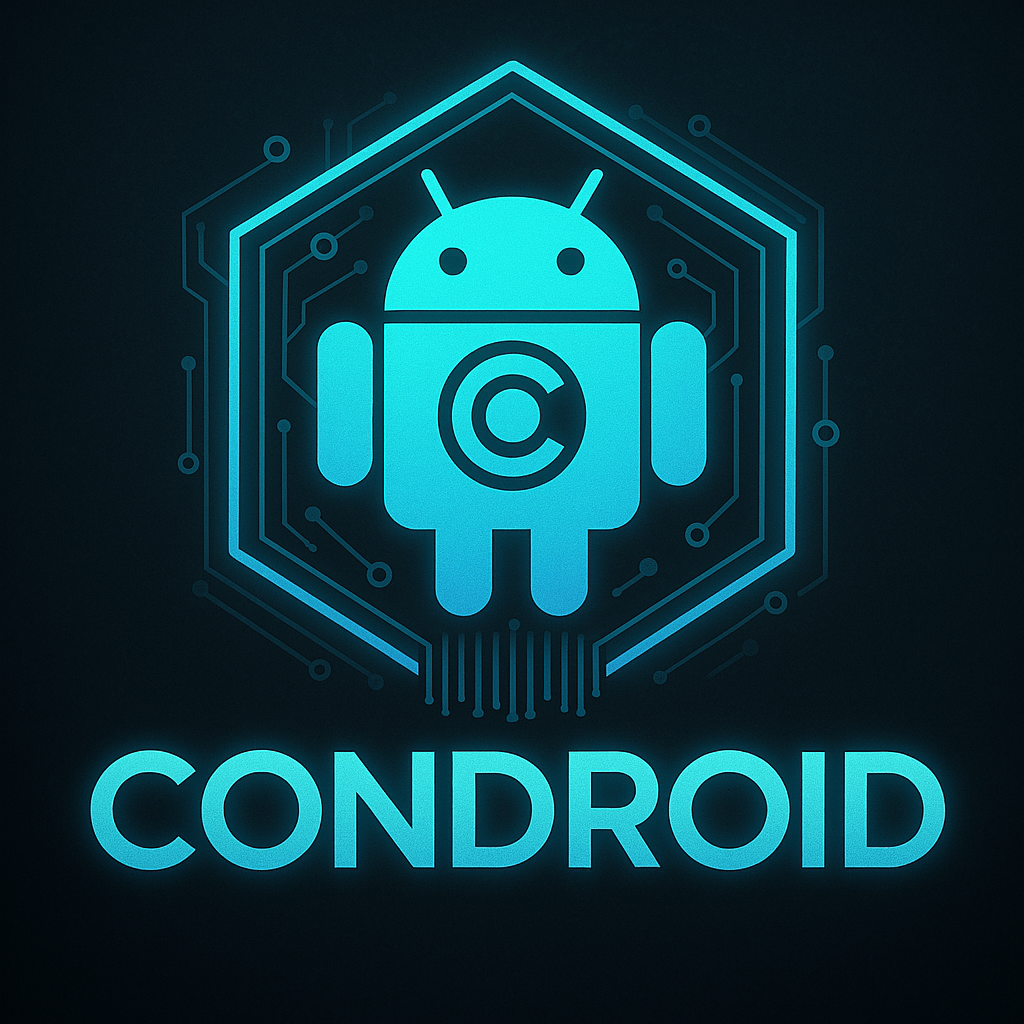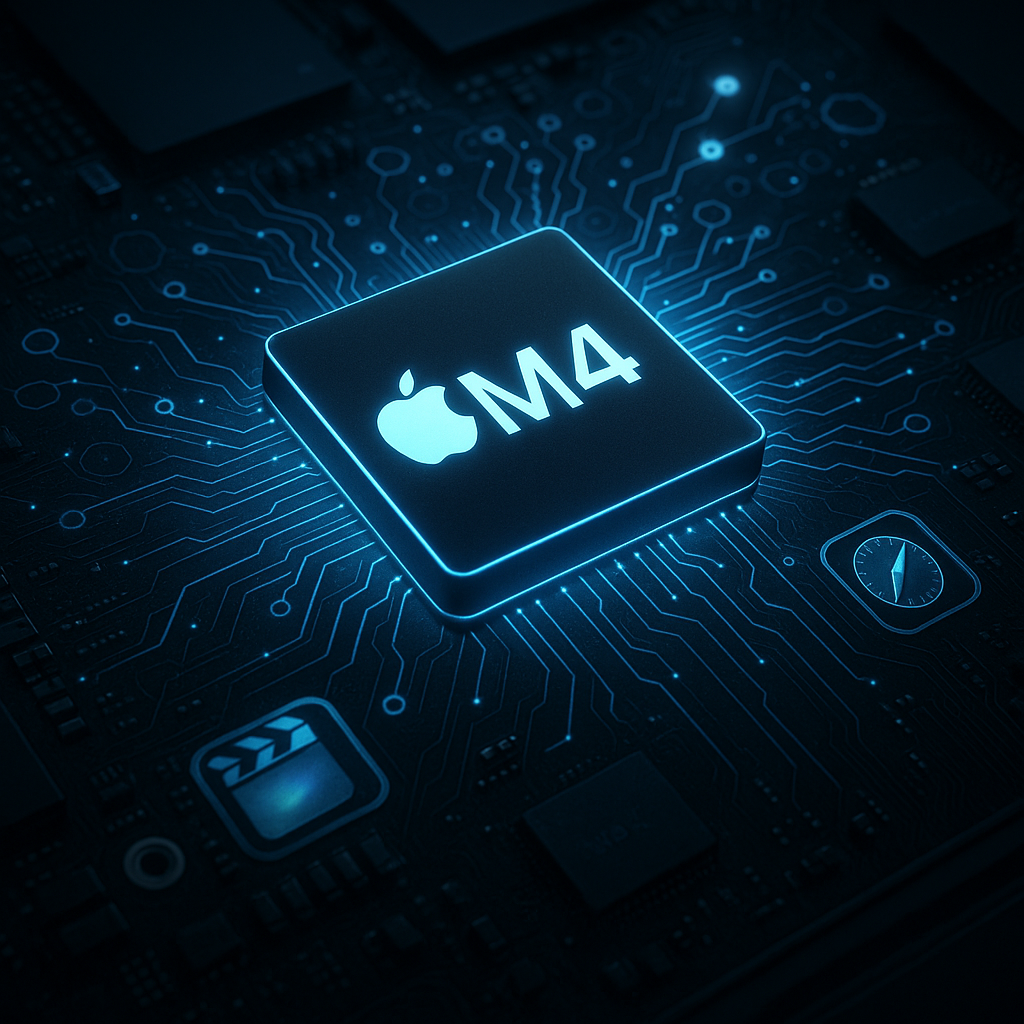Breaking News



Popular News







Enter your email address below and subscribe to our newsletter

The Shift from Speed to Intelligence
When Apple unveiled the M1 in 2020, it shocked the tech world. Not just because it outperformed Intel’s x86 chips at a fraction of the power draw—but because it signaled something deeper: Apple was done waiting on others. Five years later, the M4 architecture shows how far that independence has gone.
In 2025, Apple’s Silicon isn’t just fast. It’s context-aware.
The M4 Pro, Max, and Ultra chips mark a major leap not in raw CPU/GPU gains, but in neural compute specialization. Apple’s Next-Gen Neural Engine (NGNE) delivers up to 60 TOPS (trillion operations per second), surpassing the Snapdragon X Elite and even rivaling some lower-end desktop NVIDIA accelerators in on-device model inference.
Apple’s approach to AI is embedded, invisible, and proprietary. No APIs. No open models. But also—no cloud dependency. Apps like Final Cut, Logic Pro, and even Finder now use local ML to boost audio clarity, auto-sort files, and transcribe media—all in real-time, all offline.
Apple vs the AI Arms Race: A Different Playbook
Where OpenAI, Google, and Anthropic chase model scale and token throughput, Apple is optimizing inference at the edge. It’s a hardware-first, user-facing implementation strategy:
These aren’t headline-grabbing LLM demos. But they’re fast, private, and frictionless.
Apple doesn’t need a ChatGPT clone. They need AI that enhances experience, not demands attention.
And that’s the threat.
Cross-Platform Synergy: Apple’s Secret Weapon
The power of Apple Silicon isn’t just its chip design—it’s the vertical integration across macOS, iOS, iPadOS, and visionOS.
Developers writing CoreML models for iPhone can deploy them directly on MacBooks. Vision Pro developers can use the same tools to offload spatial modeling to the Neural Engine. It’s one framework, multiple devices, unified memory.
In contrast, Android and Windows are still fragmented. Microsoft is betting on Qualcomm NPU-boosted “Copilot PCs” with Windows 12, but few apps natively support on-device ML. Android OEMs are building their own stacks, but lack a unified memory model or software pipeline.
Apple’s strategy is slower, quieter—but it scales better.
Custom Silicon, Custom Workflows
What Apple loses in open-source goodwill, it gains in deep control over developer experience.
The new Xcode 17 ML tools allow quantization, pruning, and device targeting in a few clicks. The M4’s unified architecture enables AI model inference in Final Cut Pro with zero user configuration. Logic Pro can now auto-separate vocal stems using the Neural Engine in under 30 seconds.
For professionals, this means real workflows—not AI gimmicks. And for Apple, it means retention. These tools don’t just work well. They only work here.
But Where Are the Open Models?
Apple remains the biggest player in AI who refuses to publish a model or compete in LLM benchmarks.
Yet Apple is slowly integrating LLMs trained with Apple data across core apps. It’s rumored they’re working with BAAIand Mistral on distilled, heavily optimized multilingual models for future iOS releases—entirely on-device.
So while Google integrates Gemini Nano and OpenAI pushes ChatGPT-5, Apple is embedding small models deeply into the OS—transforming utility without triggering privacy panic.
Apple Silicon in 2025 isn’t chasing benchmarks. It’s not flooding your interface with chatbots or hallucinating summaries. It’s building intelligence into the OS itself—quietly, consistently, and on its own silicon.
The M4 isn’t the fastest chip in the world. But it might be the smartest one that doesn’t talk back.